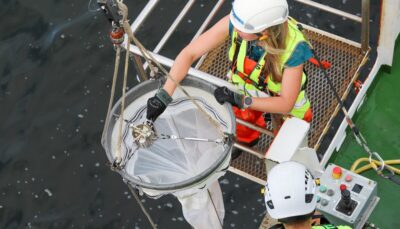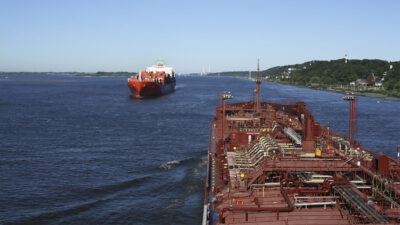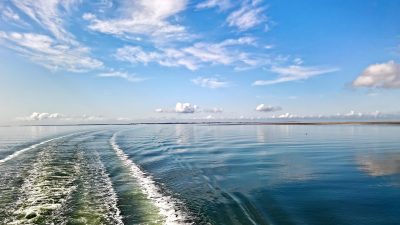Finland’s ports take steps towards important emission reductions – good practices to be made permanent across the Baltic Sea region
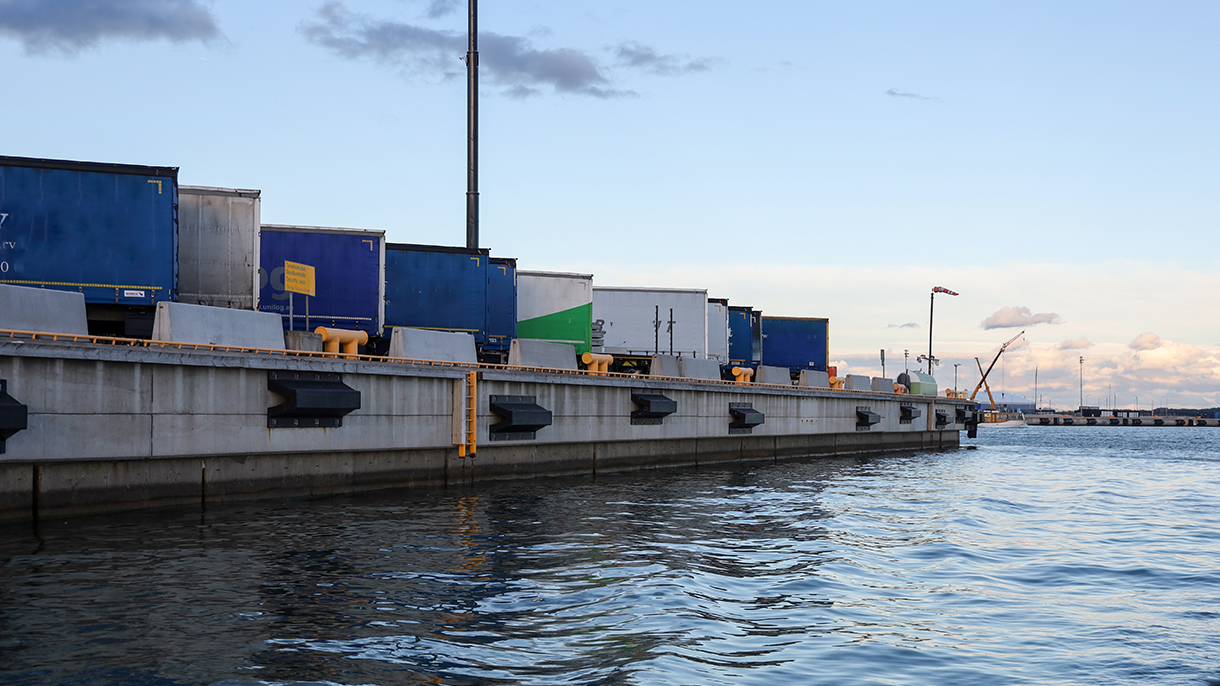
More information:
The John Nurminen Foundation’s Fertilizer Shipping Project investigated the emissions from fertilizer handling in ports. Solutions were developed together with port stakeholders and best practices were compiled into international guidelines. Now the work is being extended beyond fertilizers to other potentially harmful discharges and new ports in coastal cities around the Baltic Sea.
Work done for the Baltic Sea in ports is slowly but surely paying off. Our Foundation’s four-year Fertilizer Shipping project showed that the handling of bulk fertilizers poses a significant risk of nutrient pollution in ports.
The project worked closely with ports, companies that handle fertilizer in ports, and the fertilizer industry to reduce cargo waste that ends up in the sea. It turned out that emissions can be reduced by very cost-effective means, such as training personnel in careful cargo handling, improving the cleaning of the quay area, introducing storm water filters and protective plates between the ship and the quay during cargo loading.
International guidance obliges all Baltic Sea countries
The project also involved cooperation with a number of international actors in the sector. Best techniques and practices were compiled together to form guidelines for the responsible handling of fertilizers in ports. The result of many years of work was finalized in October 2025, when the guidelines were preliminary adopted by HELCOM as a recommendation for the entire Baltic Sea region. This means that all countries bordering the Baltic Sea should take the guidelines we compiled into account in their own environmental regulations.
“In Finland, the recommendations are already in place. The guidelines have allowed environmental authorities to require new fertilizer ports to adopt the best means to prevent cargo losses that end up in the sea and to monitor nutrient loads. It is also in the port’s interest that best environmental practices are implemented from the very beginning, and that there is no need to repair the damage afterwards,” says Eeva Tähtikarhu, Project Manager of the John Nurminen Foundation’s maritime projects.
Opportunity for cost-effective emission reductions
Environmental regulation of marine transport is in many respects less stringent than that of land-based activities. At present, neither international nor national legislation sets clear limits for emissions generated when transporting bulk cargo on ships or handling it in ports.
“Reducing emissions requires both voluntary action by companies and cooperation with authorities and policy makers to develop regulations that meet the current needs. The marine transport sector has the potential to achieve significant emission reductions in a very cost-effective way. The Fertilizer Shipping project was a good example of this,” says Tähtikarhu.
CargoRes project extends its work to other bulk ports and shipping companies
The same problems of cargo handling are most likely to apply to other bulk cargoes, such as metal pellets, which can cause a significant load of harmful substances to be discharged into the sea. The best cargo handling practices identified in the Fertilizer Shipping project are equally applicable to any bulk cargo that is liable to be spilled into the environment during loading and unloading of a ship.
Launched in September 2025, our CargoRes project aims to spread good practices to bulk ports and shipping companies that carry bulk cargos in Finland, Estonia, Latvia, and Sweden. The aim is to reduce the amount of not only nutrients but also other harmful substances, such as heavy metals, entering the sea.
The CargoRes project is also the first to investigate the environmental risk posed by ships’ hold wash waters in the Baltic Sea. It is often the practice for cargo ships to wash their holds at the open sea after unloading, which means that any cargo residue left in the hold end up in the sea. Part of the project is taking samples of the cargo washing water to assess how much cargo residue is present in the washing water and how harmful it is to the Baltic Sea.
The CargoRes project is implemented in cooperation with Laurea University of Applied Sciences, Merikotka Kotka Maritime Research Centre, and Tallinn University of Technology. The project is funded by the EU Interreg Central Baltic programme.
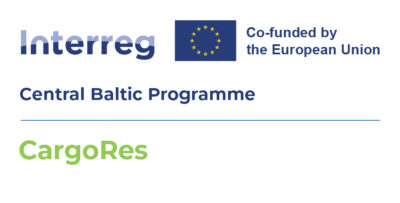
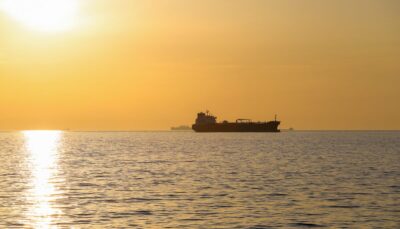
Kehitämme tehokkaita ja kestäviä menetelmiä meriliikenteessä syntyvien lastijäämien käsittelyyn.
Haluatko pysyä kartalla Itämeren tilasta?
Tilaa uutiskirjeemme ja kuulet ensimmäisenä Itämeri-aiheisista tapahtumista, säätiön hankkeiden etenemisestä, merellisistä julkaisuista ja muista kiinnostavista sisällöistä.
